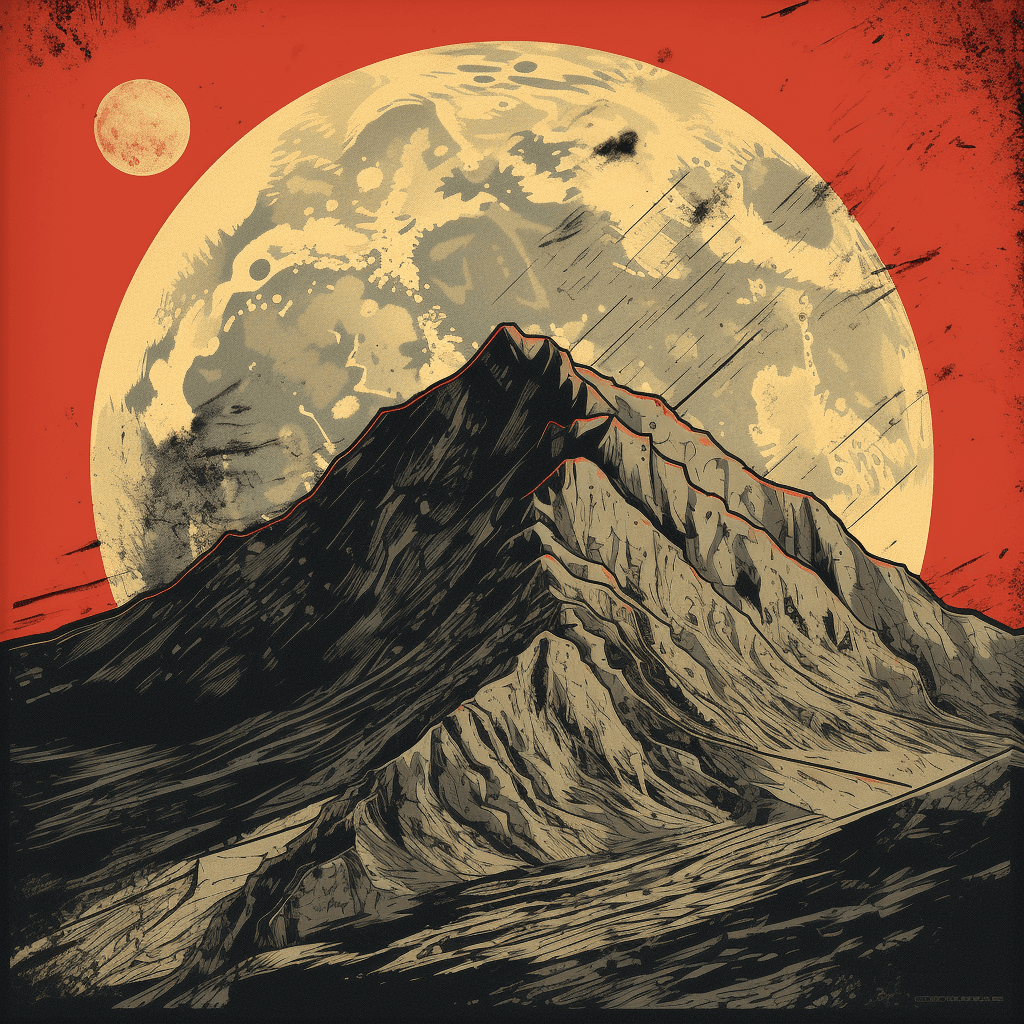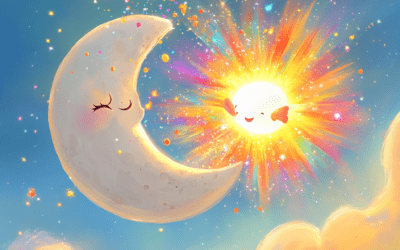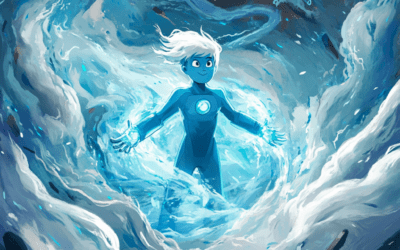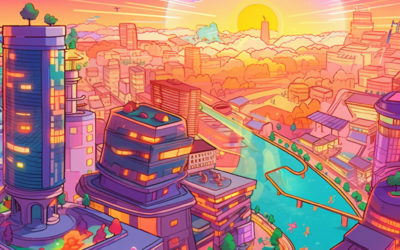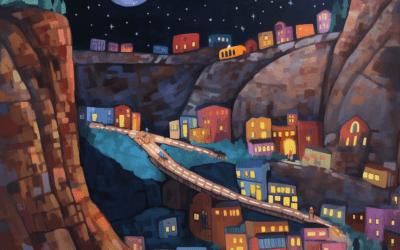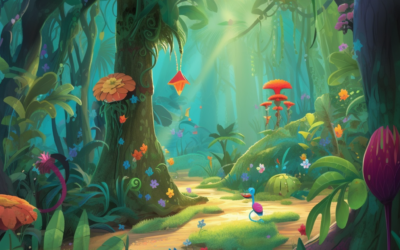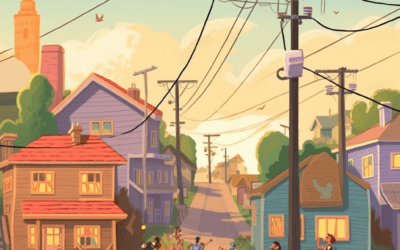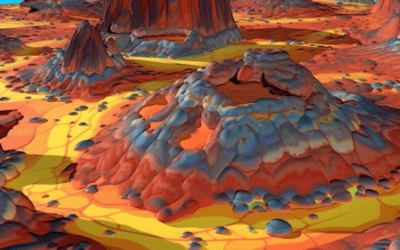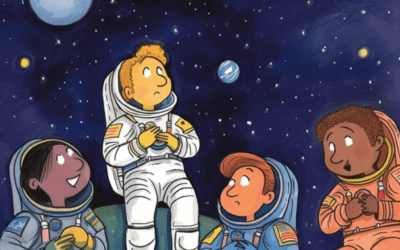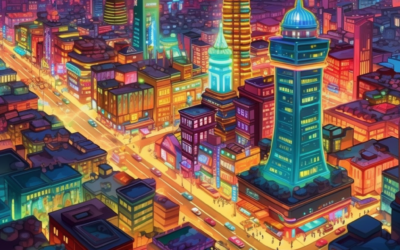What is our moon’s surface made of?
The surface of our moon is made up of three main types of rocks – basalt, breccia, and anorthosite.
Basalt: Basalt is a type of rock that is formed from solidified lava. It is dark in color and covers most of the moon’s surface. Basalt comes from volcanic activity on the moon long ago.
Breccia: Breccia is a type of rock made up of smaller pieces of rock that have been glued together. It forms when asteroids or meteoroids crash into the moon’s surface, breaking the rocks into fragments. Over time, these fragments become stuck together to make breccia.
Anorthosite: Anorthosite is a light-colored rock that is rich in a mineral called plagioclase feldspar. It is found mainly in the moon’s highland areas. Anorthosite was formed when molten rock rose to the surface and then cooled down.
Impact Craters: The moon’s surface is also covered in numerous craters. These craters were formed when asteroids or meteoroids crashed into the moon. The impact of these collisions caused the rocks on the surface to break and scatter, leaving behind these bowl-shaped formations.
Lunar Soil: The top layer of the moon’s surface is called lunar soil or regolith. It is made up of small grains of rock, dust, and tiny glass beads. This soil was formed over billions of years by the repeated impact of asteroids and meteoroids.
Conclusion: So, the moon’s surface is made up of basalt, breccia, anorthosite, impact craters, and lunar soil. These different materials tell us the story of the moon’s history and how it was formed.

